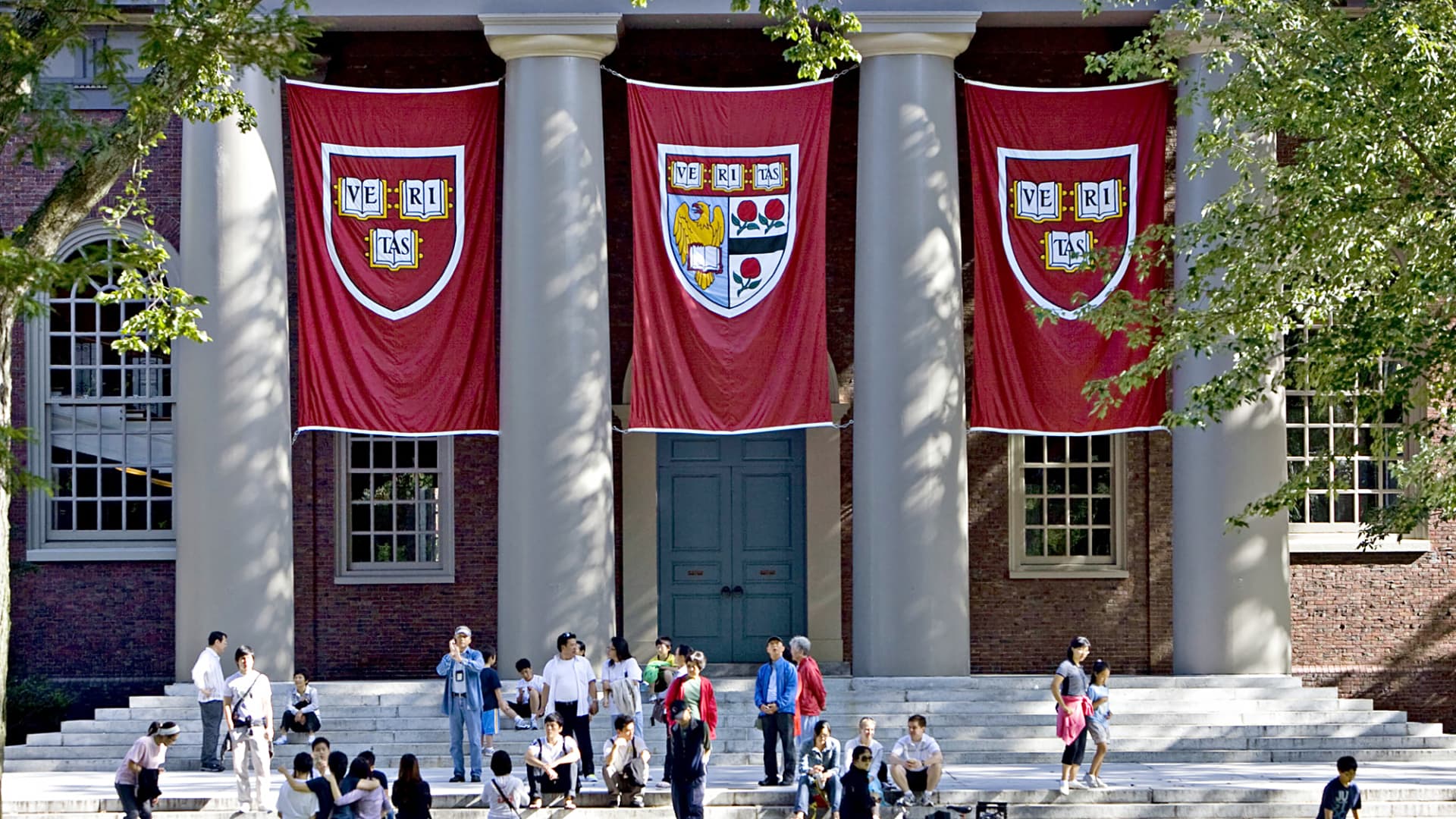Products You May Like
Citing inflationary pressures and sinking enrollment, more colleges are set to close in 2023.
Already, Presentation College in Aberdeen, South Dakota; Cazenovia College in Cazenovia, New York; Holy Names University in Oakland, California; and Living Arts College in Raleigh, North Carolina, announced they will shut down after the current academic year.
The consequences of fewer students and less tuition revenue since the start of the pandemic have been severe, according to Kristin Reynolds, a partner and leader of NEPC’s Endowments and Foundations practice.
“Larger institutions can weather the storm,” she said.
More from Personal Finance:
How to decide if you should go back to school
The cheapest states for in-state college tuition
The most-regretted college majors
The number of colleges closing down in the past 10 years has quadrupled compared with the previous decade, according to a report in The Wall Street Journal.
Not only have many smaller institutions struggled as students opt for less expensive public schools or alternatives to a four-year degree altogether, but economic uncertainty and inflation also continue to weigh on markets, taking a hefty toll on endowments and leaving more colleges and universities in financial jeopardy.
Meanwhile, the country’s most elite institutions are thriving.
College applications jump
Coming out of the pandemic, a small group of universities, including many in the Ivy League, experienced a record-breaking increase in applications this season, a report by the Common Application found.
The report said the number of college applicants has jumped 20% since the 2019-20 school year, even as enrollment has slumped nationwide, suggesting more students are applying to the same schools.
“For brand-name colleges, the demand is off the charts,” said Hafeez Lakhani, founder and president of Lakhani Coaching in New York. “It’s never been harder to get in.”
The majority of people are going to say, ‘Is that worth my while?’Hafeez Lakhanifounder and president of Lakhani Coaching
On the other hand, private colleges that are less prestigious but equally expensive are struggling to attract applicants, he added. “The majority of people are going to say, ‘Is that worth my while?'”
College is becoming a path for only those with the means to pay for it, other reports also show.
And costs are still rising. Tuition and fees plus room and board for a four-year private college averaged $53,430 in the 2022-2023 school year; at four-year, in-state public colleges, it was $23,250, according to the College Board.
Now, the majority of applicants hail from the wealthiest zip codes, the Common Application found.
Higher education endowments take a hit
Although the investment performance for college and university endowments sank in 2022 overall, the losses were not shared equally across the board, according to a separate report by the National Association of College and University Business Officers.
Colleges and universities with the largest endowments, or more than $1 billion in assets, performed better than smaller schools with less than $25 million, which were the weakest performers, posting average returns down 11.5%, compared with an average loss of 4.5%, the report found.
As a result, universities such as Harvard, Yale, Stanford and Princeton are able to maintain or even expand their financial aid offerings, lowering the cost and increasing the appeal to more students nationwide.
“The largest endowments are able to support their schools a little bit more,” Reynolds said. “These colleges are continuing to attract students through scholarships and that makes them more competitive.”
That means other schools will only continue to struggle, Lakhani predicted. Going forward, “more colleges will either close departments or shut down,” he said.
Correction: This story has been updated to accurately state the academic year Common Application used to calculate the percentage increase in the number of college applicants. An earlier version incorrectly cited the increase as year over year.
